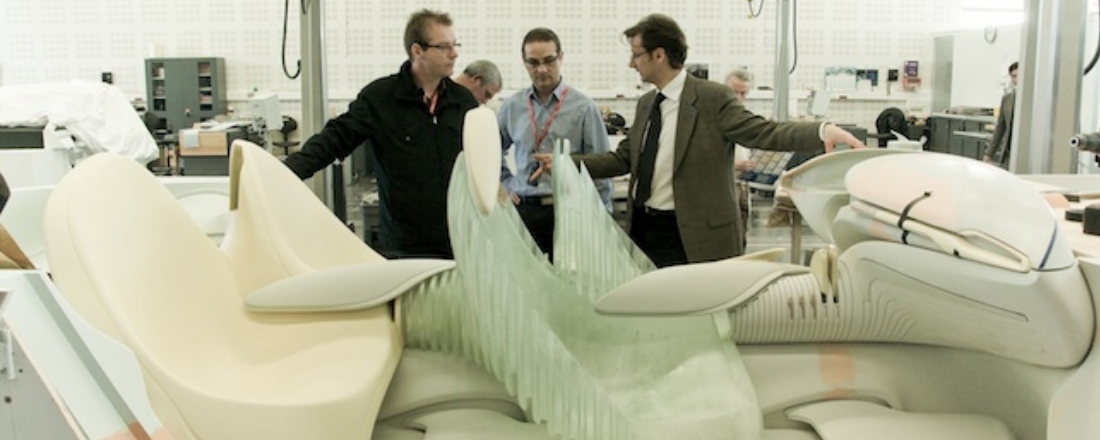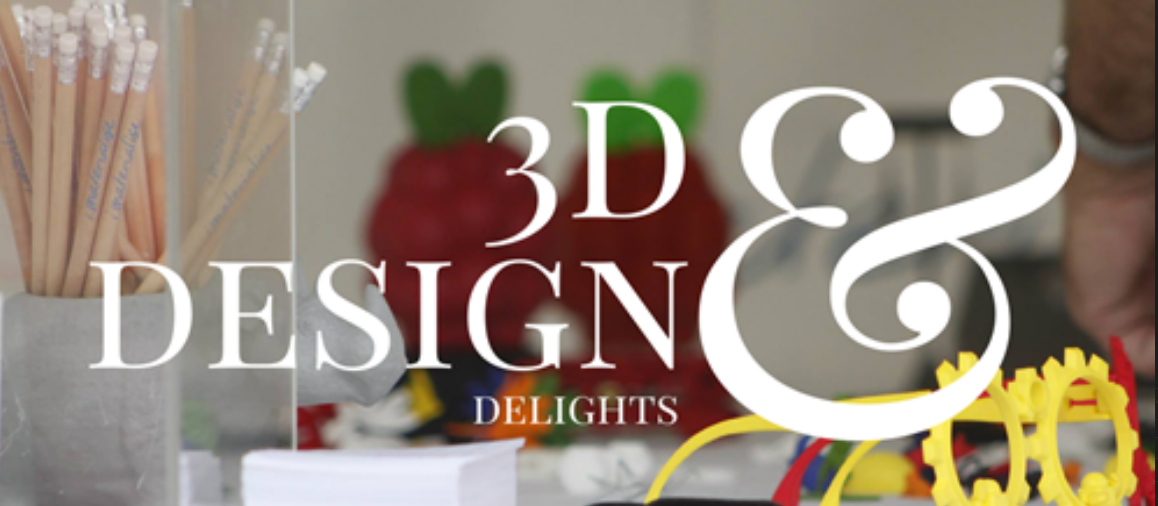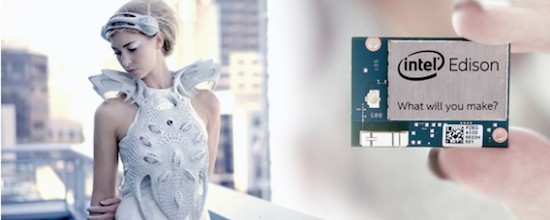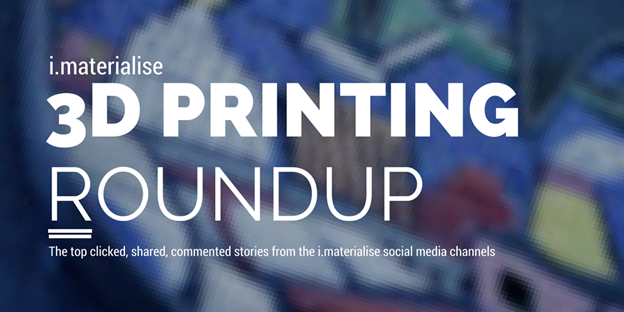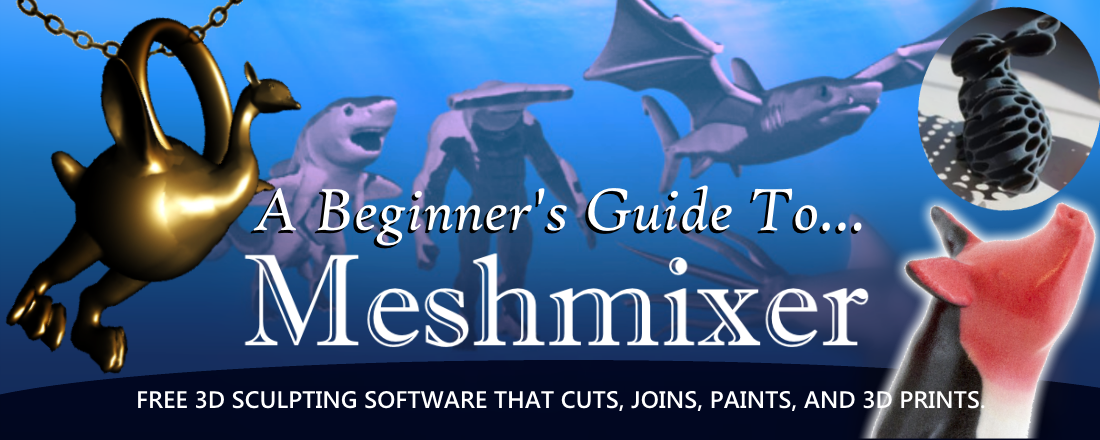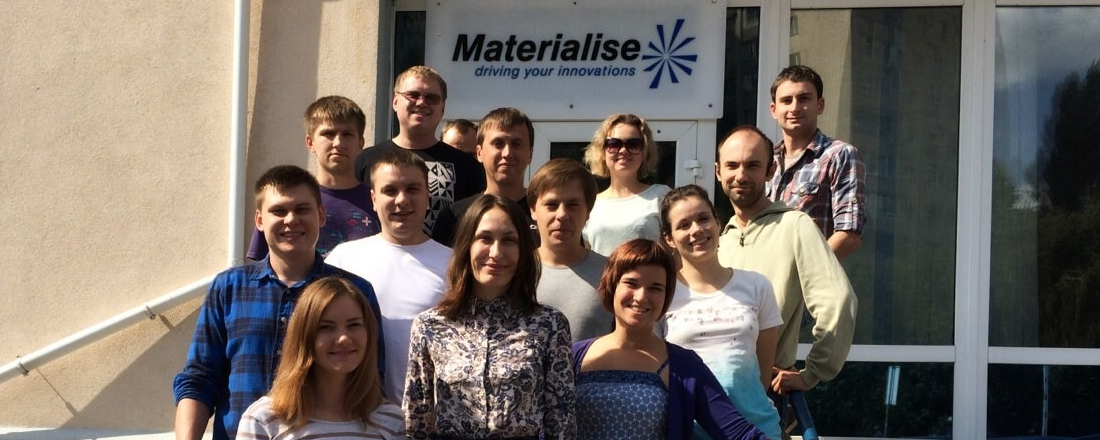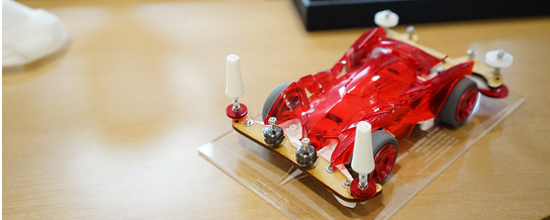How to Design and 3D Print Chainmail Patterns and Interlocking Parts
One of the most fascinating things about 3D printing are chainmail patterns, interlocking, and movable parts. The structures of these designs look complex, but they are actually quite simple to make. These kinds of structures (often called “nested” parts) can be used for 3D printed jewelry, mechanical structures, complex action figures, decor items, and many other projects. Follow this tutorial to learn how to use free 3D design software to make 3D printed chainmail and other interlocking parts. It’s easier than you think!
(more…)
6 Amazing 3D Printed Large Scale Construction Projects
3D printers are often associated with small, high-value, low-volume items. Since 1980s 3D printing has continually challenged the boundaries of what is possible – and how large a 3D printer can print. Groups of architects have set out to make history: they believe that 3D printing can transform the way buildings and monuments are made. They strive achieve large 3D printer projects such as houses, statues, cars, and furniture. So here are our 6 favorite large-scale 3D printing projects that are currently pushing the limits of what is possible.
(more…)
Animal Inspired 3D Prints
There’s nothing funnier than the human animal. – Walt Disney
Animals play an important role in the joys of everyday life. During our recent forray to Maker Faire New York, we connected with Makers who shared their lives with a diverse group of animal friends, including cats, dogs, snakes, and parrots! Animals inspire us to care, to imagine new monsters, and to connect with a deeper part of our own human nature.
It’s no surprise that 3D designers look to the animal kingdom for inspiration. In the premiere iteration of 3D Design Delights, we take a look at five designs inspired by animals…
(more…)
3D Design Software Lifehacks: Basic 3D Printing Features Every Designer Should Know About
There are common software tools that make it easier to 3D print a design— and that all designers should know about. 3D Design software can be categorized according to how it works and is used: “sculpting,” “building,” “scanning,” etc. But a designer’s project needs might overlap, so there are commonly available tools that all designers can use and benefit from: wall thickening, subdivide (i.e. smoothing), symmetry, sculpt, and “boolean”/“hole making.”
These tools aren’t available in every 3D design software package, but just knowing that they exist saves time. Once you know what type of tool you need for a project, you can seek out the design software that has it— just as you would “seek” pizza at a pizza parlor, and sushi at a sushi bar.
Read on for how wall thickening, subdivide (i.e. smoothing), symmetry, sculpt, and “boolean”/“hole making” work— and for free software packages with those features.
(more…)
A 3D-Printed Mood-Logging Tech Dress: Anouk Wipprecht’s Wearables Just Got Smarter
Changing your appearance with your mood is a topic that’s no longer reserved for New Age followers or sci-fi fans. By embedding Intel’s super versatile, small-in-size-but-large-in-processing-capacity micro-controller called “Intel Edison”, Anouk Wipprecht created “Synapse”, a smart dress based on bio-sensors that takes user experience to the next level, as it acts on the wearer’s behalf! (more…)
i.materialise 3D Printing Roundup: Week of Sept 15
Welcome to the i.materialise 3D Printing Roundup, where we highlight the stories most clicked, shared, and reweeted by our community! Every week, we share the top 5 posts.
Our community is passionate about 3D printing. This week’s top 3D Printing stories include a titanium bicycle, highlights from the London 3D Printshow, and much more!
Let’s dig in.
(more…)
3D Printing With Meshmixer: A Beginner-friendly Introduction to 3D Sculpting and Combining Meshes
Meshmixer is a free 3D sculpting-based CAD (Computer Assisted Design) program created by Autodesk as part of their “123D” software line. Autodesk is best known for releasing premium-rate professional-grade software like Maya and 3Ds Max, and their “123D” free line can be seen as a simpler, beginner-friendly version of those professional programs. This Meshmixer covers how Autodesk Meshmixer can be used to intuitively sculpt designs, hollow them out, cut them apart, and combine parts together without wrecking your mesh’s internal or external geometry. It also covers how to prepare your design for 3D printing.
(more…)
Who Are (Y)our 3D Printing Programmers and Engineers?
3D printers and printing service websites cannot run without programmers and engineers. They provide the crucial link between human needs and machine capabilities, and make it possible to use use our API, order from our website, and ship orders across the world.
What does an engineer or a programmer look like in the 3D printing field? And what do they do for Materialise and i.materialise?
Part of our engineering team resides in the Ukrainian capital city of Kiev, and we have your “sneak peak” into their lives. They code, program, use software, and help refine 3D printing-related technology that we will use for years to come. Here is a look into their work and life in Kiev.
Read on for details.
(more…)
The Secret Sensuality of Trees: Michael Winstone’s Globe-trekking Race to Scan and 3D Print Trees Lost to Deforestation
For the past 20 years, Michael Winstone has traveled the world’s forests to scan and 3D print trees that are in danger of being cut down. His work is currently on display in museums, galleries and private displays around the world. His most famous work is 41°40’00’’N.00°54’30’’W, and other permanent public works include “N1-53-32-8:132º42′.34º45′.JA” in Takamiya, Hiroshima, Japan and “IGN.185: iv.269.904, Coto Redondo, Pontevedra, Spain.”
His sculptures feature human-like plant forms and simple fractal elements. These join together to create complex organic-shaped structures that feature “self-similarity” in anatomic texture, body and construction.
Winstone’s 3D printed trees preserves the bark striations and forms of real trees that no longer exist, as well as current trees that may be lost to disease, old age, or ongoing deforestation.
Read on about his life’s work.
(more…)
Honda Team Awarded a 3D Printed Trophy as Champions of the Inaugural FabCafe Mini 4WD Cup
Organized by FabCafe Shibuya, a Mini 4WD Cup was held on Sunday, August 31 in Tokyo. More than 60 mini 4WD fans, including children and professional car designers, gathered at Kashiwanoha KOIL to race their miniature cars customized by 3D Printers and laser cutters. After three tournaments, the trophy – 3D Printed through i.materialise – was awarded to the grand champion, Honda Design. Here are some highlights of the event from the i.materialise Japan team!
(more…)



